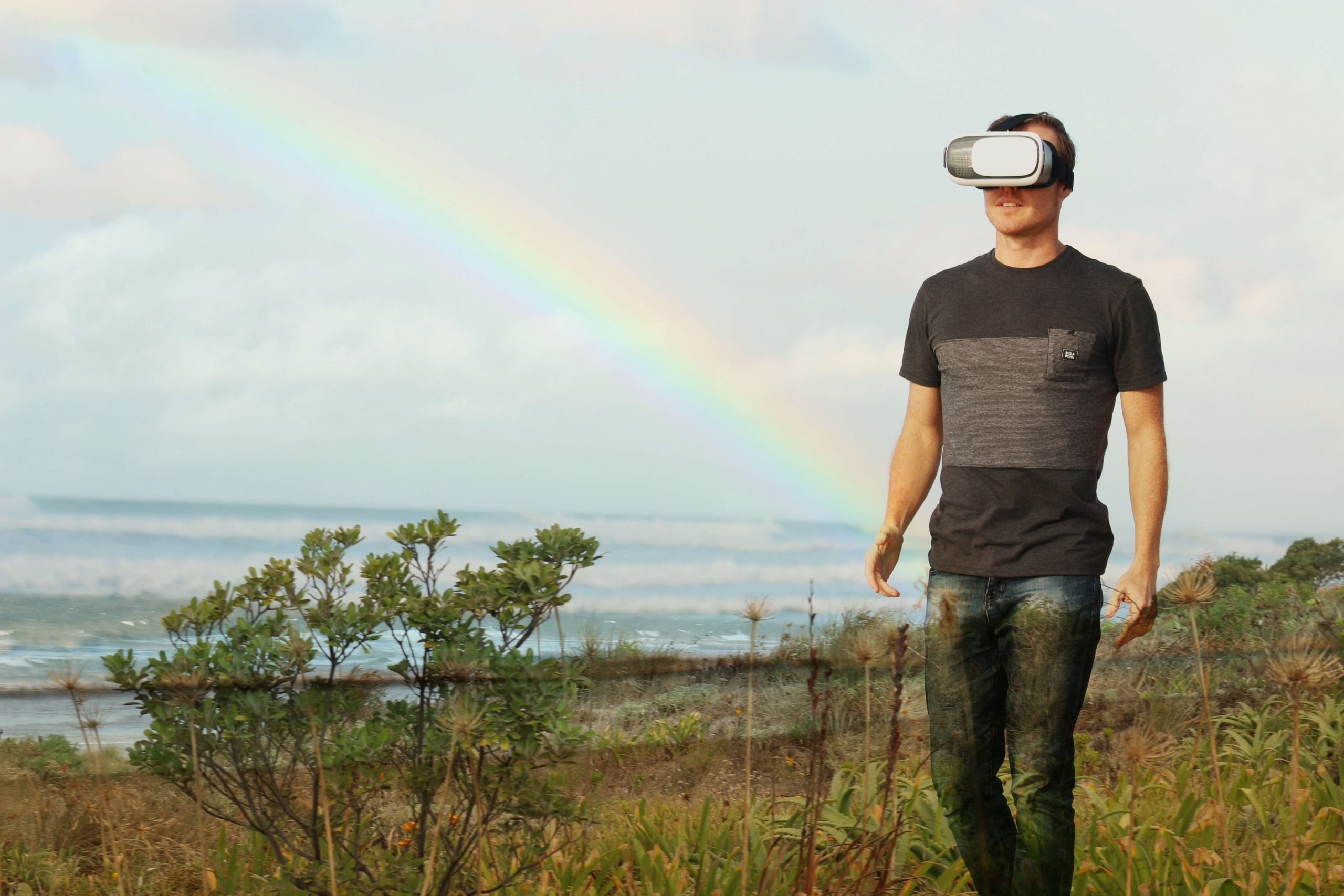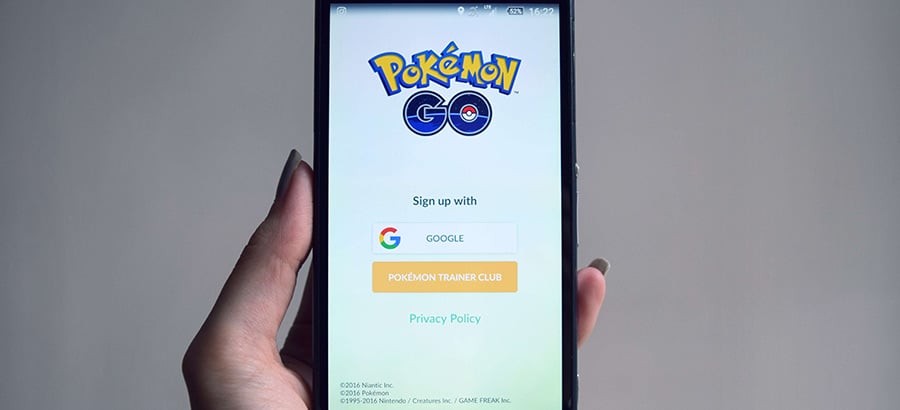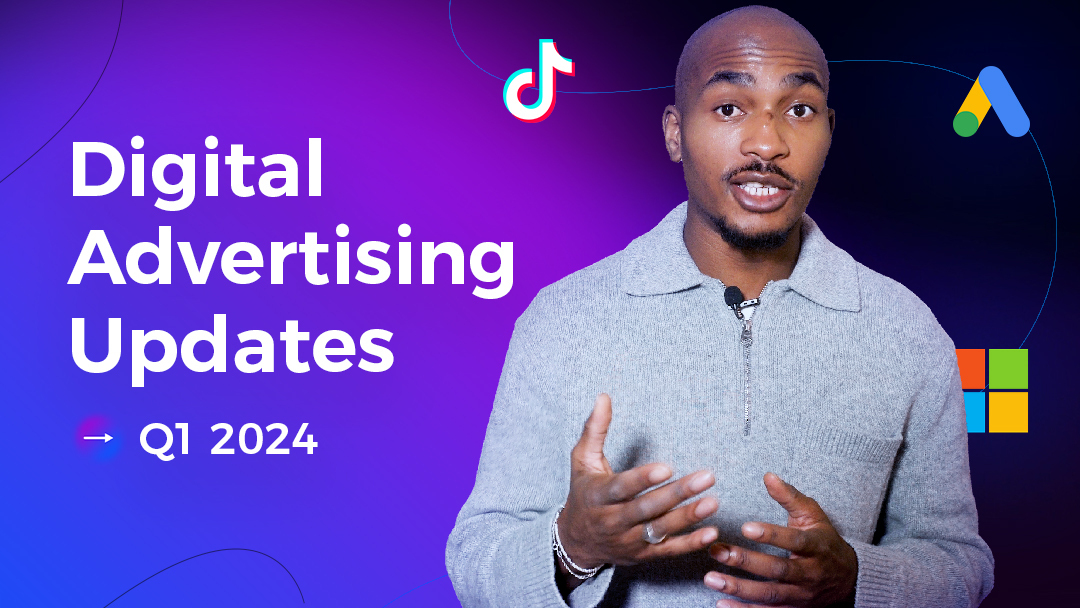Virtual and Augmented Reality (VR/AR) look to be changing the marketing landscape already. Just how drastically will only become clear in the coming months and years, but big companies are already using it to great effect, and investing heavily in this relatively new technology to create new experiences for the users, particularly in the video game industry. The headsets yet to be as ubiquitous as smartphones, tablets, or even smart watches, but that’s to be expected when the tech is still so young, with some iterations yet to be launched. The manufactures of the headsets for both VR and AR are huge, though, which is giving marketers the confidence to invest in using the tech as a potential advertising tool. There are big differences between the two platforms, but together they could make a real difference to the way campaigns are rolled out.
Virtually Possible
VR, at present, is mainly going to be used as a gaming platform. Most demos have been based around this for all three main headsets, which are the Oculus Rift (owned by Facebook), the HTC Vive, and Sony’s Playstation VR. Both the Rift and the Vive have already been released, and are selling really well to early adopters all over the world, and Playstation VR is set to be launched later in 2016. The games themselves are still relatively basic, but are still stunning seasoned gamers with the sense of place and immersion, and they’re only get better.
What does this have to do with marketing? Well, the advertising industry has always jumped on new technology very quickly, as new tech comes with new ways to reach new audiences. VR is no different, and advertisers are figuring out ways to create unique, immersive and engaging campaigns, and more importantly, getting them in front of users. With games, there are no natural ways to present an ad to the user, so marketers have to create VR experiences that stand on their own, and are ads that users will seek out because of the innovation and immersion.
Thankfully, this is what advertisers and creatives have been looking to do so far. Rather than think of display advertising in the traditional sense, and creating the equivalent of banner ads that will be seen alongside the content the user wants to look at, brands have been creating experiences that not only show off the product itself, but VR as a concept.
Number one in the list linked earlier is a perfect example of this. If you think of a virtual experience, your mind wouldn’t automatically jump to a hotel room, but maybe it would jump to a faraway beach somewhere. Marriott capitalised on this by creating virtual getaways, wowing users by transporting them to amazing locations for mere moments, giving them a taste of what they could have. This instantly flicks a positive switch in the audience, so next time they think of booking a holiday they will likely think back to that virtual getaway, and by extension think of Marriott.
Any brand can take advantage of the enthusiasm for VR at this early stage, but once people are used to the experience, how will marketers continue to innovate, and how will VR continue to impact the advertising industry? Aside from creatives consistently finding new ways to surprise and engage audiences, the analytics made possible through VR could give genuinely new insights into customer behaviour.
Developers have been using heat maps on websites for years, to see where users look and click the most, but with VR this concept can be taken even further. Due to the way it tracks head movements, advertisers should be able to to pinpoint which parts of their experience users find most interesting, and tailor other parts of their campaign to suit that. If you take a car manufacturer as an example, their VR experience could put the user in a new vehicle, and let them explore the different features and gadgets, or let them simply look out of the window.
This should, in theory, give the marketer deep analysis into which part of the car any particular user found most interesting or compelling. From there, they can retarget ads elsewhere based on this information. So if the user was looking at the stereo, they could then see a banner ad featuring that car with an upgraded sound system. If they focussed on the dashboard you could show them ads expanding the options in that area, or offering discounts.
The data also means you can modify future campaigns according to what people show the most interest in, so this could be the real differentiator in the years to come with VR marketing.
Augment Your Advertising
There are some similarities between AR and VR which carry over to some aspects of the marketing. The capabilities on the analytics side should be fairly similar, as these headsets also track head movement and can tell what the user is focussing on, but the style of marketing with AR devices could be vastly different. The reason being is that rather than take the user to another place entirely, AR headsets place virtual things over the actual world, making the two look like they’re interacting.
Some brands have already used this to great effect, making things seem truly interactive and, well, real. This in itself, is impressive, and like VR, really immerses the user. What makes it potentially more interesting is the mix the real world, allowing people to manipulate and play with the space around them.
This is going to change the way you can market products, as it will allow companies to project images of their products in front of people, showing them how these things would look in the real world. For interior companies this will be outstanding, as their audience (through the AR headsets) can see how various pieces of furniture can look in their home, and even better, order it there and then if they like the look of it.
Projecting virtual objects into a physical environment is one of the more obvious uses for AR, given that’s mainly what it’s intended for, and what has been shown so far. Again, the video game industry have been quick to embrace the tech, with Microsoft manufacturing the Hololens and showing off an AR version of inecraft, where you play it in the room around you. Marketers, though, will have to think outside the box in the future to really get their campaigns noticed.
AR marketing in itself will be extremely popular, but it’s when you start thinking about how it can combine with other advertising techniques that it gets really exciting. Out of home advertising is having somewhat of a renaissance, and AR could work really well with this. As the headsets, or glasses, allow full visibility for the user they can and probably will be worn outside the home as the tech becomes more advanced/stylish, so it’s time to start thinking about how connected glasses could place your brand in front of people out in the world.
When you consider how they fit together, there are almost endless opportunities. Every billboard or bus stop can become a hive of interactivity, where you can really wow your audience. You could personalise huge posters, so what each user sees is different depending on their profile. This could give rise to highly relevant, targeted campaigns which have huge engagement, because not only are they unique and memorable, but they would appeal to what the user actually wants to see. This could be where AR really influences the future of advertising.
To sum up
The fact that so many massive multinational corporations are investing in both AR and VR will likely be enough for most marketers to jump on board, but the key is using the tech in more unpredictable, innovative ways. Once companies start to do this, and unlock the true potential of this new technology, it should change the advertising industry, and help to shape campaigns for years to come. This, in tandem with programmatic, should mean audiences should be seeing unique, memorable, and highly personal ad campaigns which give them an entire experience.
The key is for the marketers to each campaign so special that their audience actively looks forward to being a part of it, which is absolutely possible as long as the industry is willing to experiment. One thing is for certain though, AR and VR are here to stay, and will be changing people’s perceptions of advertising for years to come.







